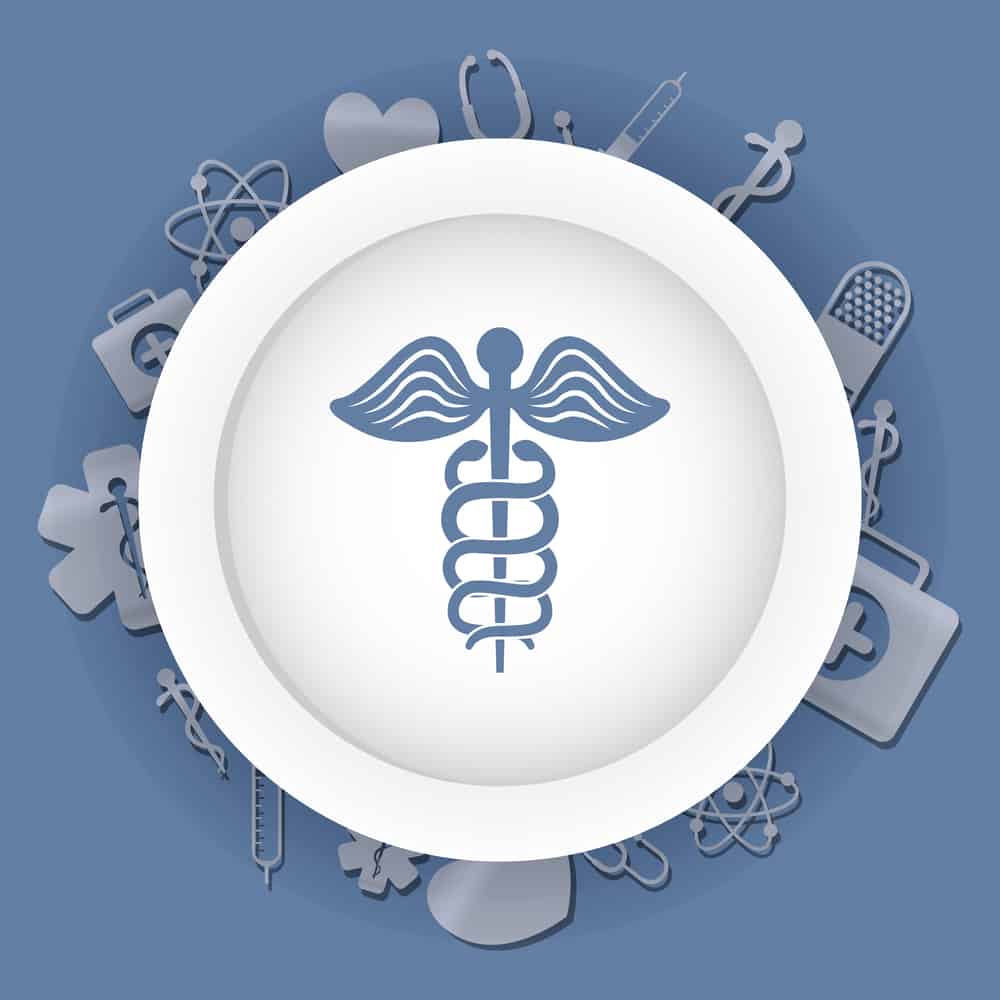When you say catastrophic injury, many people in the insurance field think of brain injuries, spinal cord injuries, severe burns, amputations, loss of eyesight or neurological injuries. While these are the more common types of catastrophic injuries, any injury requiring extensive medical treatment and has a long-term and/or permanent impact on a person’s life can be a catastrophic injury.
Catastrophic injuries make up only a small fraction of the total number of workers’ compensation claims but account for a significant portion of the dollars spent on medical care and treatment of employees. The proper management of these high-dollar claims makes a significant difference in the cost of the workers’ compensation program.
Here are two very important steps to take to minimize the financial impact of the catastrophic injury claim and create the best outcome for the injured worker.
Step #1: Immediate Attention
When the work comp adjuster receives an obvious catastrophic injury claim, it is imperative for the adjuster to act immediately. The adjuster needs to drop everything else and concentrate on the catastrophic injury claim.
- The work comp adjuster contacts the employer and interviews the supervisor and/or other employees who were present at the time of the injury to get a comprehensive understanding of what occurred.
- Then the adjuster contacts the employee if the employee is able to speak with the adjuster. If the employee is unable to speak, the adjuster must make immediate contact with the spouse or another family member who represents the employee’s interest.
- The adjuster makes arrangements to personally meet with the employee and/or the employee’s family member at the hospital, preferably the same day of the injury. The adjuster also arranges for the nurse case manager assigned to the claim to attend the initial meeting with the employee and/or employee’s family.
- Contact by the work comp adjuster and the nurse case manager with the employee or family member the same day as the accident is reported is critical to the outcome of the claim.
The employee’s most pressing concern is surviving the injury. - Once the employee is reassured by the medical facility s/he will live, the next thoughts are: “Will I be able to work in the future and how will this accident impact my life with my family and my family’s life?
Attorney Alert!
- It’s at this point the employee or a family member remembers the late-night television commercial for the local attorney. If the work comp adjuster or the nurse case manager reassures the employee and/or the family the injured person will receive all the medical care needed and that indemnity benefits will be paid, the probability of the employee hiring an attorney to represent the employee is greatly diminished.
- Hence, it is critical the work comp adjuster meet with the employee and/or family and establish rapport with them while reassuring them all their medical needs will be meet and the indemnity benefits will be paid.
Step 2: Medical Management
The intensive involvement of the work comp adjuster in the initial stages of the catastrophic injury claim is of paramount importance. However, as the claim progresses, and new work comp claims arrived on the adjuster’s desk, the need for a medical specialist to continue to assist the employee becomes necessary.
- Early medical management is essential to achieve the best possible medical outcome. The highly trained nurse case manager (NCM), who was with the adjuster at the initial meeting with the employee and/or the employee’s family, takes over the day-to-day medical management of the claim.
- The NCM becomes responsible for ensuring the employee receives proper medical care throughout the life of the claim. This continuity of medical care is critical to the best possible medical outcome for the employee. It also prevents the medical care from drifting and prevents the work comp claim from becoming even bigger.
- The NCM works with the employee to guide the employee and the employee’s family through the significant life changes following a catastrophic injury.
- As the employee goes through hospitalization, rehabilitation, return to home and community and, hopefully, an eventual return to work, the NCM controls the pace of the step-downs in medical facilities and medical care.
- Along the way to recovery, or maximum medical improvement short of recovery, the NCM continues working with the treating physicians, medical specialists, consultants, therapists, rehabilitation providers, and life-care planners if the employee is unable to return to work.
- For those employees who are permanently and totally disabled and never able to return to work, the continuing involvement of the NCM is necessary. The expertise of the NCM in managing the medical aspects of disability and in determining the appropriate home-based care will impact the overall cost of the catastrophic work comp claim.
Summary:
Catastrophic injury claims not appropriately managed by the work comp adjuster and the nurse case manager quickly spiral out of control, drastically increasing the overall cost of the claim.
Immediate attention to the employee’s medical needs by the work comp adjuster and the nurse case manager, along with the continuing control of the medical care by the nurse case manager, has the positive impact on the overall cost of the work comp claim.

Michael Stack, CEO of Amaxx LLC, is an expert in workers’ compensation cost containment systems and provides education, training, and consulting to help employers reduce their workers’ compensation costs by 20% to 50%. He is co-author of the #1 selling comprehensive training guide “Your Ultimate Guide to Mastering Workers’ Comp Costs: Reduce Costs 20% to 50%.” Stack is the creator of Injury Management Results (IMR) software and founder of Amaxx Workers’ Comp Training Center. WC Mastery Training teaching injury management best practices such as return to work, communication, claims best practices, medical management, and working with vendors. IMR software simplifies the implementation of these best practices for employers and ties results to a Critical Metrics Dashboard.
Contact: mstack@reduceyourworkerscomp.com.
Workers’ Comp Roundup Blog: http://blog.reduceyourworkerscomp.com/
Injury Management Results (IMR) Software: https://imrsoftware.com/
©2024 Amaxx LLC. All rights reserved under International Copyright Law.
Do not use this information without independent verification. All state laws vary. You should consult with your insurance broker, attorney, or qualified professional.



